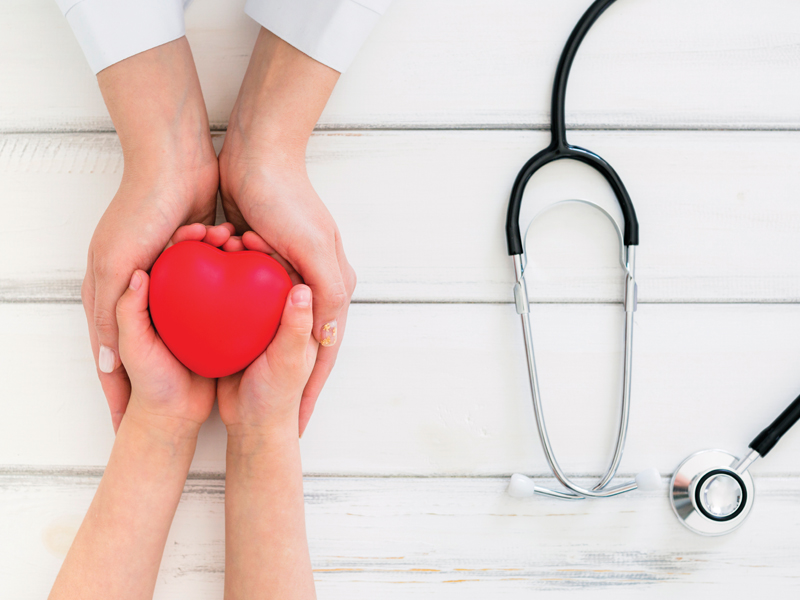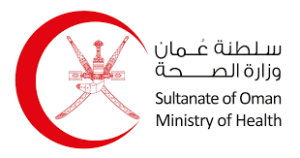Healthcare in Oman-The Nation's Progress in Health and Well-Being
The Sultanate of Oman has been taking various efforts in addressing the fulfillment of the third Sustainable Development Goal, Good Health and Well-Being. Providing free healthcare services for citizens and at a nominal price for the non-nationals, along with establishing a healthcare information system, training medical staff and supporting researches on related issues are some of the main efforts taken by the Ministry of Health (hereafter abbreviated as MoH).
The MoH has established over 200+ healthcare units throughout the Sultanate which mainly comes under three categories based on location, size and services offered.Health centers and polyclinics come under the primary healthcare units and provide general treatment services to both rural and urban areas.Multi-speciality regional hospitals come under the secondary healthcare units, whereas the tertiary healthcare units comprise large national hospitals with various core specializations.
The first Healthcare Information System was developed in 1994 at a primary healthcare center in Al-Suwaiq.With the advancement in technology and the progress in Information and Communications Technology(ICT), the Al-Shifa Healthcare Information System was launched and is being used till date across the 200+ healthcare units in the Sultanate. This system allows for easy access to healthcare records, effective information exchange between departments, reduces financial costs and enhances a better overall management of the healthcare resources.
Modules have been developed within the system to ensure its efficient working.The e-referral system was introduced to solve difficulties faced in data exchange regarding patient referrals.The Mother and Child module provides care for new mothers and stores their medical history as well as the child’s under the Integrated Management Childhood Illness system (IMCI), a global strategy recommended by WHO and UNICEF.
This module has allowed Oman to achieve the 4th Millennium Development Goal and reduce childhood mortality rates over the years with the project being recognized by UNICEF in the 1990s.It has been internationally recognized and awarded first and second places respectively in the UN Public Service Award in 2010, 2012 and the WSIS Project Prize in 2013.
The Health Vision 2050 is an attempt to channel all available healthcare resources and plan for the future needs of the population.Based on WHO’s framework, the Health Vision takes into consideration various factors including predicted population growth and challenges related to technology and products.It also seeks to increase the Total Health Expenditure (THE) to approximately 8-10% of the GDP.
SDG 3 includes 13 targets measured by 27 indicators. According to data from the National Centre for Statistics and Information, these targets include,
1.Reducing global maternal mortality ratio
2.Ending preventable deaths of newborns and children under 5 years of age
3.Ending the epidemics of AIDS, tuberculosis, malaria and neglected tropical diseases and combating hepatitis, water-borne diseases and other communicable diseases
4.Reducing premature mortality from non-communicable diseases
5.Halving the number of global deaths and injuries from road traffic accidents
6.Ensuring universal access to sexual and reproductive health-care services
7.Substantially reducing the number of deaths and illnesses from hazardous chemicals and air, water and soil pollution and contamination
8.Strengthening the implementation of the World Health organization Framework Convention on Tobacco Control in all countries
9.Supporting the research and development of vaccines and medicines for the communicable and non-communicable disease and providing access to affordable essential medicines and vaccines
10.Ending all forms of malnutrition
11.Substantially increasing health financing
Combating rising obesity levels, increasing costs due to free medical services and the country’s reliance on imported medicines and equipments poses a challenge but the healthcare planning and various other efforts are under way to address these issues and meet the target goals.
For a downloadable copy:Good Health and Well Being




